How Hong Kong's MTR sets the gold standard in transportation
By Pauline ChiouI've lived in New York, Boston and Houston. For the past five years, Hong Kong has been my home.
All are great cities but when it comes to public transportation, Hong Kong wins the prize hands down. In fact, we've been spoiled here in Hong Kong with MTR trains that are fast, clean and frequent.
I normally don't have to wait more than three minutes for the next train. I recently spoke with the CEO of the MTR Corporation, Jay Walder. He used to lead New York City's subway system and was recruited to head up Hong Kong's Mass Transit Railway (MTR) in 2012.
He says, “When I started in this industry, we called it mass transit. Everybody was thought of as one group. Five million people a day [Hong Kong's daily ridership].
What we are now working to say is, ‘How do we go from being one group of five million to saying this is five million individuals?’ ” To answer this question, the MTR has physically woven the rail network into daily life.
Many MTR stops spill out into underground shopping malls attached to office buildings and apartment complexes. So the movement between home, work and leisure often feels seamless.
The MTR has a unique business model. The government owns 77% of the MTR Corporation and gives it special land and development rights. The MTR owns 13 shopping malls and manages others.
The stores pay rent and in some cases, a portion of sales revenues to the MTR. On an even bigger scale, the MTR Corporation is a major property developer. It has developed the four enormous residential compounds along the Airport Express train route.
All of this has made the MTR extremely profitable and one of the few mass transit systems in the world that actually makes money. In 2012, its profits were more than US$ 1.2 billion.
“Capital investment --the ability to continue to invest -- is a critical aspect,” says Walder. “We have the advantage here that we are running on a financially sustainable basis.”
During a recent CNN interview, Walder and I walked out of Kowloon Station together and looked at the real estate surrounding us. The MTR had its hands in developing all of it: Elements Mall (MTR owns it), the apartment complexes (MTR built them, sold off the units but manages the residential buildings), the 118-story ICC skyscraper (MTR developed it but doesn't own it).
“The key is the integration that takes place. We literally think about the railway five, six or seven stories below ground. We're also thinking about what it means above ground,” Walder says.
Hong Kong’s MTR model is catching the eye of other countries. The MTR is currently operating rail lines in mainland China, Australia, the UK and Sweden.
Oh and I almost forgot to mention the best part: the average train fare is about US$1.


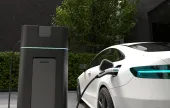
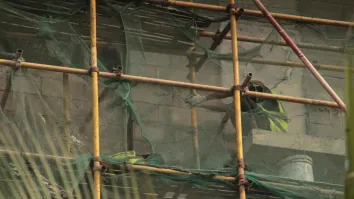
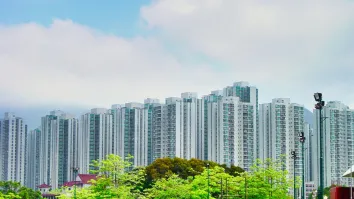
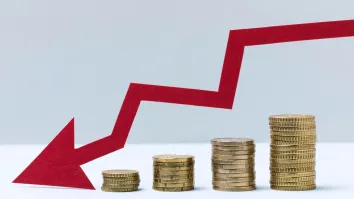
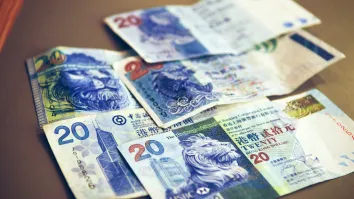

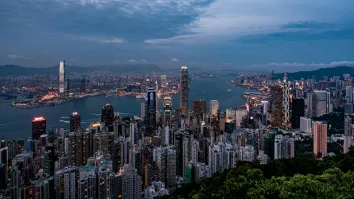







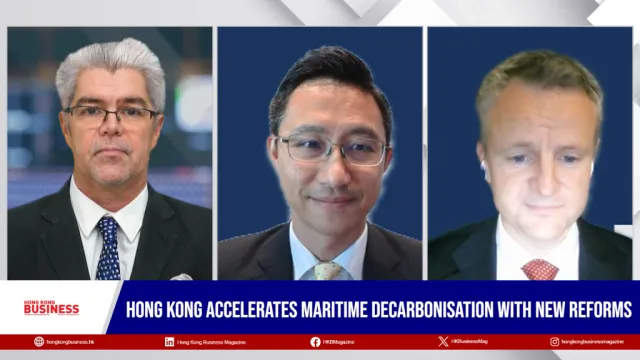



 Advertise
Advertise






